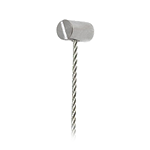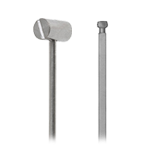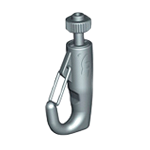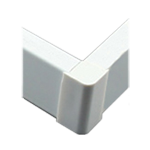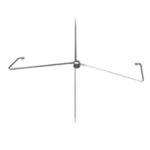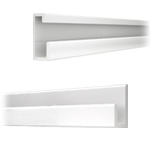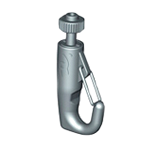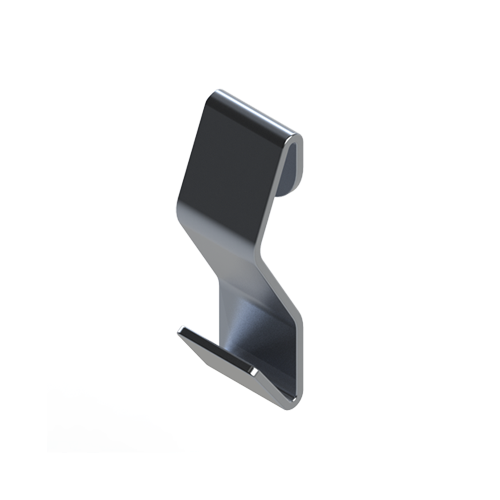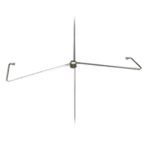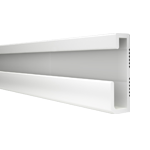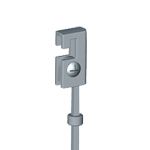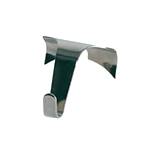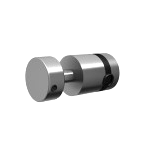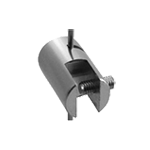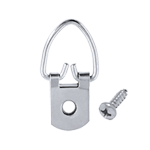Top Two Tips to Keep in Mind When Planning an Art Display
If you're planning your display instead of designing it on the fly, you're already off to a great start. Organizing your display as you go will just lead to extra work, extra holes in your wall, or a finished display you don't like as much as you thought you would. Here are a few tips so you only need to plan once:
1. Keep the frame in mind.
If you have a bunch of eight by tens but you're using different frames that you've picked up over the years, then your job won't be as easy as creating a simple grid. Measure the whole dimensions of the framed, final product and use that for your planning. Sometimes a frame decides where the central focus is, and they can make your final display look lopsided if all of the heavy or ornate frames are off to one side. Remember: the margins of empty wall space between frames should always be the same, not the distance between pictures.
2. Overestimate the weight.
Just like it can be easy to overlook the frames when you're planning, it can be easy to overlook the total weight of each piece of art. You need to calculate the artwork, the frame, the hanging assembly, and the potential drag of someone touching it when comparing it to a hook's maximum recommended weight. It's also good practice to hang everything on two points of support (even if it means a lot of leveling), each of which could support the art single-handedly. Not only does this protect the art, it protects your walls.
If you want to simplify the whole process, go to Systematic Art for adjustable hanging hardware, secure supports, and more advice.


